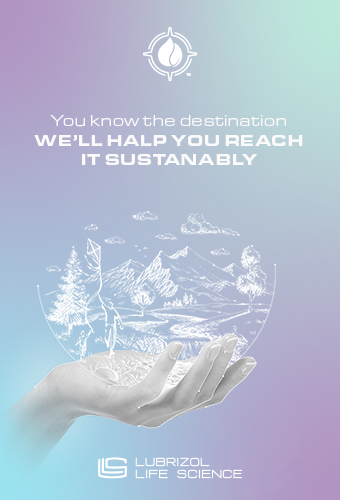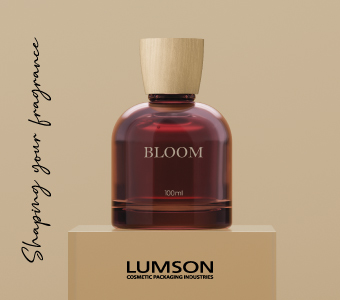For the development of this new patented natural active, Silab took inspiration from recent studies showing the expression of epidermal receptors of smell and taste, whose stimulation enhances cutaneous regeneration (cell proliferation, migration, differentiation). Through new in vitro models, Silab has shown the expression and functioning of these receptors is disrupted in the course of aging. According to Silab, Sensorialine [1] thus allows to activate the epidermal olfactory and taste receptors and to favour epidermal renewal.
Skin barrier
In a clinical study, Sensorialine significantly reduces transepidermal water loss on both Caucasian and Asian volunteers after 14 days of twice daily treatment at 2.5% and compared to the placebo.

In addition, a consumer test conducted on a panel with mature skin highlighted the moisturizing effect of Sensorialine. According to Silab, 85% of the panellists assessed their skin more moisturized from the first application, a statement also confirmed at 77% after 14 days of application. Moreover, almost half of them reported that the moisturizing effect lasted more than three hours after the first application.
Coconut
Sensorialine is derived from coconut (cocos nucifera) flour, a co-product obtained from cold-pressing the white flesh of the fruit.
As part of their commitment in terms of eco-responsibility, Silab is sourcing its raw material in Sri Lanka, a country renowned for its traditional use of coconuts. The company, has selected its suppliers by favouring certified organic chains and production sites with good manufacturing practices label. “Managing these supplies of coconut flour is the assurance of working with a traceable, secure and high quality raw material,” highlights Silab.
Sensorialine is available in aqueous solution (recommended amount: 0.5 to 2.5%) and is compliant with international cosmetic regulations (Europe, United Sates, Japan, China).
|
Silab recognized for its approach in combating climate change |



































